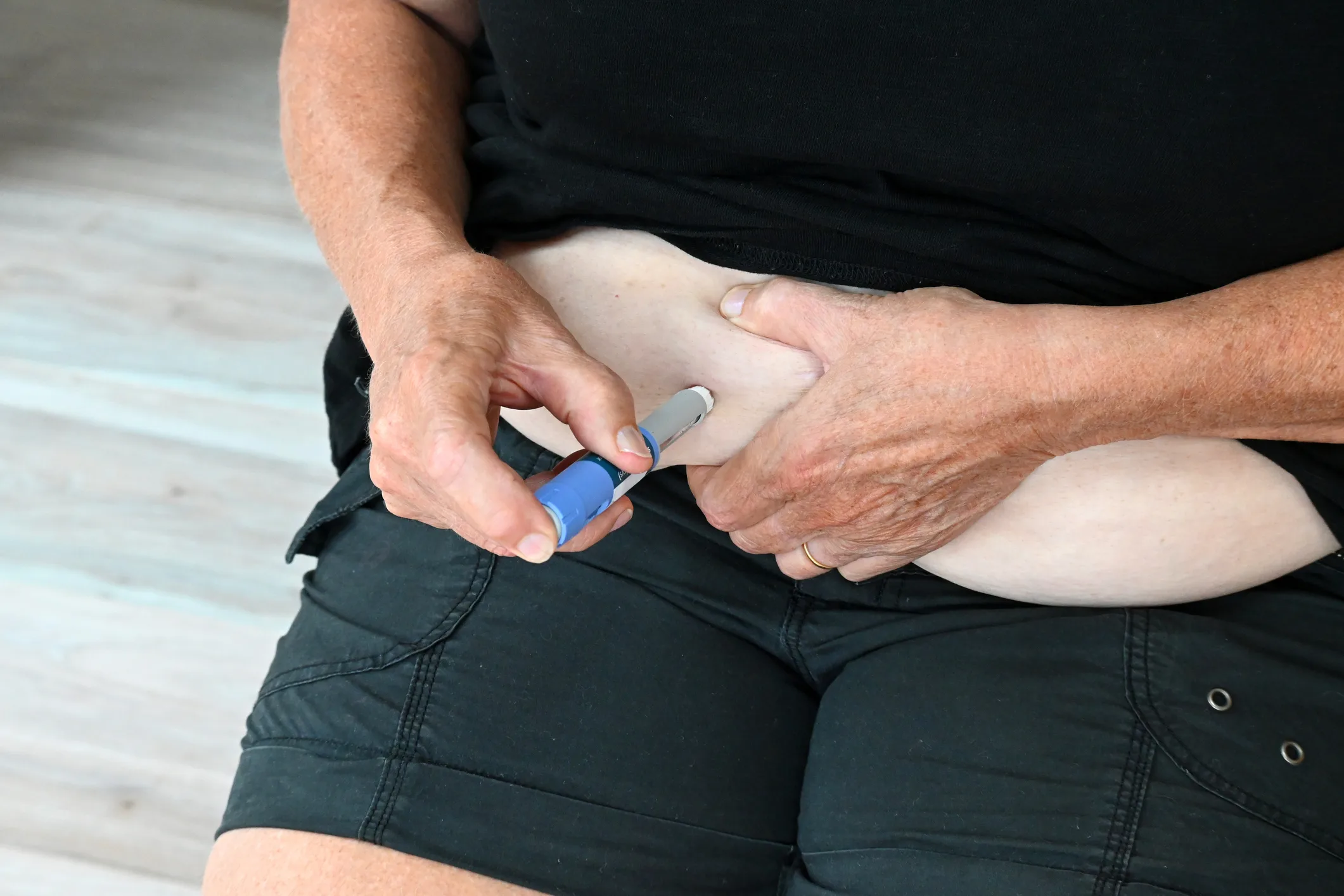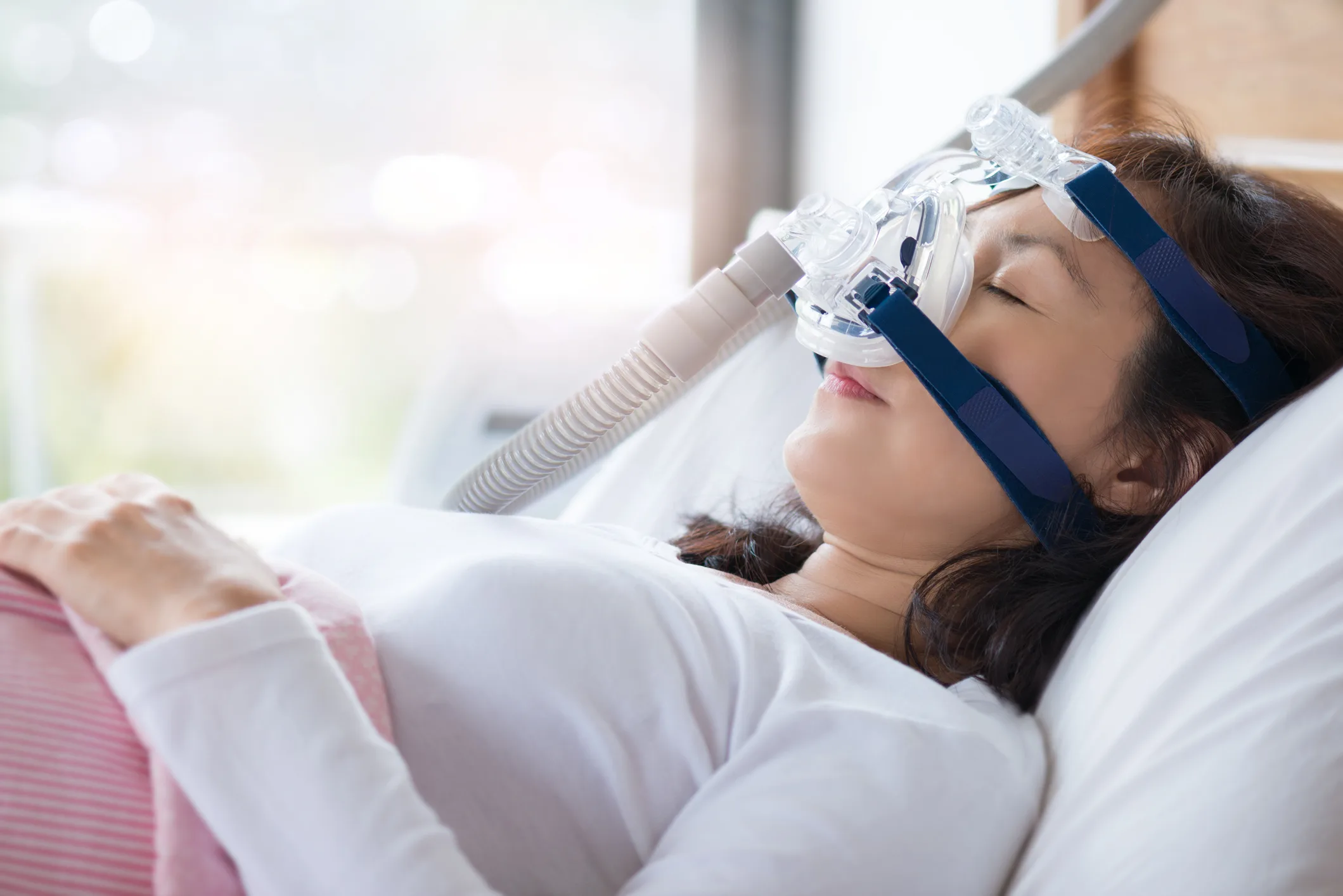Imagine a silent thief, slowly and subtly eroding the most precious parts of who we are – our memories, our ability to think, and our connection to the world. This is the devastating reality of Alzheimer’s disease, a progressive brain condition that afflicts millions globally, primarily older adults. Its insidious nature lies in its late diagnosis; by the time confusion and memory loss become undeniable, significant brain damage has often already occurred, leaving families grappling with an uphill battle.
For years, the medical community has understood the root cause: the accumulation of harmful beta-amyloid plaques and tangled proteins that relentlessly destroy brain cells. This cellular wreckage is what ultimately manifests as the hallmark symptoms of cognitive decline. But what if we could catch this silent thief long before it inflicts irreversible damage?
The Promise of Early Detection: Introducing PHGDH
Groundbreaking research from the University of California San Diego offers a beacon of hope in this desperate fight. Scientists there have unveiled a potential game-changer: an enzyme called Phosphoglycerate Dehydrogenase (PHGDH). Their recent study suggests that elevated levels of PHGDH in the blood could serve as an incredibly early warning sign of Alzheimer’s, potentially surfacing even before any noticeable symptoms appear.
PHGDH plays a crucial role in our bodies, helping produce serine, an amino acid vital for optimal brain function and overall health. Normally, PHGDH levels are meticulously regulated. However, the researchers made a striking discovery: individuals with Alzheimer’s, especially those in the early stages, exhibited significantly higher levels of PHGDH in their brains. This was true even for individuals who, at the time, showed no signs of memory impairment but later developed the disease. This strongly suggests that PHGDH could be a critical “canary in the coal mine.”
Unveiling the Evidence: Human and Animal Studies
To validate their hypothesis, the research team meticulously analyzed brain tissue samples from diverse groups, including individuals aged 50 and older with confirmed Alzheimer’s, those with early brain changes but no symptoms, and healthy controls. The results were consistent across the board: PHGDH levels were markedly elevated in all Alzheimer’s-affected groups. Furthermore, a clear correlation emerged: the higher the PHGDH levels, the poorer an individual’s performance on memory and thinking tests. The team also replicated these findings in mice genetically predisposed to Alzheimer’s, observing the same pattern of increased PHGDH. This remarkable consistency across both human and animal subjects bolsters the confidence in PHGDH’s strong link to the disease.
A Word of Caution on Serine Supplements
One surprising part of the study relates to serine supplements. Some people take serine hoping it will boost brain health. But since PHGDH makes serine, and PHGDH is already too active in people with Alzheimer’s, the researchers now worry that extra serine might actually make things worse.
Until more research is done, they advise being cautious about using serine supplements, especially for those at risk of Alzheimer’s.
The Future of Alzheimer’s Diagnosis and Prevention
The most exciting implication of this research is the potential for a simple blood test for early Alzheimer’s detection. If subsequent studies confirm that elevated PHGDH levels reliably appear in the disease’s nascent stages, it could revolutionize diagnosis. Imagine being able to identify Alzheimer’s years before severe symptoms take hold. This early detection would empower patients and their families, providing invaluable time to plan for the future, implement crucial lifestyle modifications, and potentially explore emerging treatments that could slow the disease’s relentless march.
While a cure for Alzheimer’s remains elusive, proactive measures can significantly lower risk. Engaging in regular physical activity, adhering to a brain-healthy diet, and keeping the mind stimulated with reading, puzzles, and new skills are all vital. Equally important is diligently managing underlying health conditions like high blood pressure, diabetes, and high cholesterol, as these are intricately linked to brain health.
Takeaway
Led by Dr. Sheng Zhong and published in the prestigious journal Cell Metabolism, this study represents a monumental leap forward in the quest for effective ways to detect and ultimately combat Alzheimer’s disease. The discovery of a reliable early biomarker like PHGDH could fundamentally transform how we approach this devastating illness, ushering in an era of earlier diagnoses, enhanced care, and, most importantly, renewed hope for a future where Alzheimer’s can be confronted and, perhaps one day, conquered.
Source:
Transcriptional regulation by PHGDH drives amyloid pathology in Alzheimer’s disease











